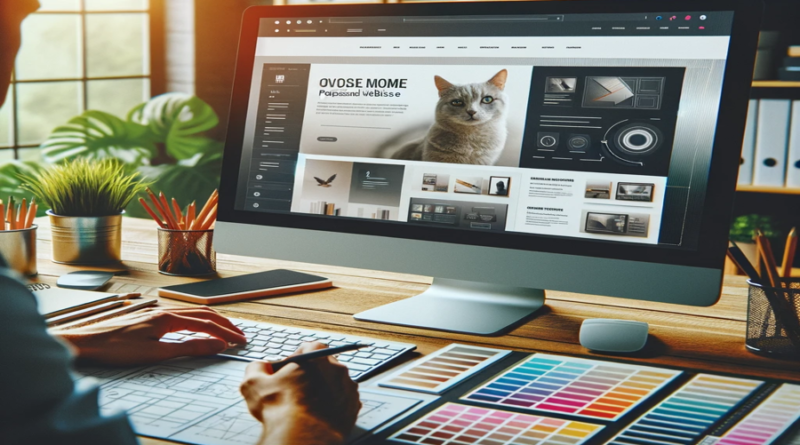Creating a Professional Look for Your Website: Tips on Design, Images, and More
Your website is often the first impression potential customers have of your business. Having a professional, polished look can inspire trust and confidence in your brand. Follow these tips to make sure your website has an appealing, credible design.
Choose a Simple, Clean Layout
Avoid cluttered, distracting layouts. Go for a clean, simple design that is easy to navigate. Only include necessary elements like your logo, main navigation, headers, text, and images. White space between elements creates a sleek, uncluttered look. Stick to a maximum of 2-3 fonts to maintain cohesion.
Use High-Quality Images
High-resolution, professional images make a huge impact. Use attractive photos of your products, workspace, and team. Avoid grainy, pixelated, or distorted images. Stock photos can work in a pinch, but custom images are ideal. Photos should be well-lit and clear. Optimise images so they load quickly.
Feature Your Team
Include professional headshots of the members of your team. This gives a face to your business and builds trust. Professional headshots Bristol should have a white, neutral background with good lighting—you can use a Bristol photographer like evokepictureslifestyle.com to get this right. Subjects should smile warmly, making eye contact with the camera. Headshots can go on an About Us page or Leadership section.
Pick an Intuitive Navigation Menu
Your navigation menu is vital for user experience. Choose clear, concise menu labels users will understand instantly like “About”, “Products”, “Contact”. The menu should remain visible at the top of all pages for easy access. Limit the number of top-level pages for simplicity.
Use Visual Hierarchy
Establish a clear visual hierarchy so users can easily scan important elements. Major headings in large font clearly indicate sections. Bold key text within paragraphs to create contrast. Break up text with subheadings, lists, and images.
Optimise Typography
Typography hugely impacts aesthetics and readability. For headings, use a simple, clean font with ample whitespace like Arial or Helvetica. Paragraph text should be in an easily readable font like Times New Roman. Avoid fancy cursive or display fonts. Limit this to 2-3 complementary fonts. Use consistent sizes and colours.
Pick a Colour Scheme
Colour choices contribute to brand image. Limit your palette to 2-3 colours. Make sure colours complement each other. Blue tones convey trustworthiness and are widely appealing. Avoid jarring neon hues. Use colours sparingly to accent key elements. White space creates an upscale look.
Simplify Call-to-Action Buttons
Call-to-action buttons prompt visitors to take desired actions like signing up or making a purchase. Use clear button labels like “Buy Now” or “Get Started”. Make buttons visually stand out in colours contrasting your overall palette. Limit to 1-2 key buttons so they don’t compete.
Ensure Mobile Optimisation
With increasing mobile usage, a mobile-friendly site is critical. Use a responsive design that automatically adapts across devices. Check site width, tap targets, and load speeds. Avoid horizontal scrolling on phones. Test across devices to identify issues.
Follow Website Accessibility Best Practices
Ensure your website is accessible to users with disabilities by adhering to standards like WCAG 2.1. Some key tips include using HTML header tags, alt text for images, captions for audio/video, and adequate colour contrast. An accessible site is usable for all.
By focusing on these areas, you can create an aesthetically pleasing, professional website that builds your brand image and effectively engages users. Invest time into getting these elements right for maximum impact.

